Stir-fried pig intestine, or chǎo féicháng in Chinese cuisine, is a dish that sparks both curiosity and delight. Loved for its unique texture and rich flavor, this dish combines the art of cleaning, marinating, and high-heat cooking to transform a humble ingredient into a culinary masterpiece. While it may seem intimidating to prepare, mastering the techniques behind creating tender yet crispy pig intestine will reward you with a dish that’s deeply satisfying and bursting with umami. This guide will walk you through every step, from selecting the freshest ingredients to perfecting the stir-fry, ensuring your results are nothing short of exceptional.
The Foundation: Selecting and Cleaning Pig Intestine
The journey to perfect stir-fried pig intestine begins with sourcing high-quality intestines. Opt for fresh, pinkish-gray intestines from a trusted butcher or Asian market. Avoid those with a strong ammonia smell or discoloration, as these indicate spoilage. Once home, the real work starts: cleaning. Proper cleaning is non-negotiable, as it removes impurities and eliminates any lingering odors.

Cleaning Process:
- Rinse Thoroughly: Run the intestines under cold water, gently massaging them to dislodge debris.
- Soak and Scrub: Submerge in a mixture of vinegar and salt (1 tablespoon each per 1 pound of intestines) for 30 minutes. This helps neutralize odors.
- Flip and Repeat: Carefully turn the intestines inside out using a chopstick or your fingers. Scrub the inner lining with a coarse salt or baking soda paste, then rinse again.
- Parboil: Bring a pot of water to a boil, add a slice of ginger and a splash of rice wine. Blanch the intestines for 2–3 minutes to tighten the texture. Drain and pat dry.
Marinating for Flavor and Tenderness
Marinating is the secret to elevating the intestine’s flavor and texture. A well-crafted marinade tenderizes the meat while infusing it with aromatic depth.
Classic Marinade Recipe:

- 2 tablespoons light soy sauce
- 1 tablespoon oyster sauce
- 1 teaspoon Shaoxing rice wine (or dry sherry)
- 1 teaspoon sugar
- 1/2 teaspoon white pepper
- 1 teaspoon cornstarch (for light coating)
Instructions:
- Slice the parboiled intestines into 1-inch segments or diagonal strips for even cooking.
- Toss the pieces in the marinade, ensuring each piece is coated. Let sit for 15–30 minutes (or up to 2 hours in the fridge for deeper flavor).
The Stir-Fry: Mastering Heat and Timing
Stir-frying is a dance of heat and motion. Achieving the perfect balance ensures crispy edges without overcooking.
Essential Tools:
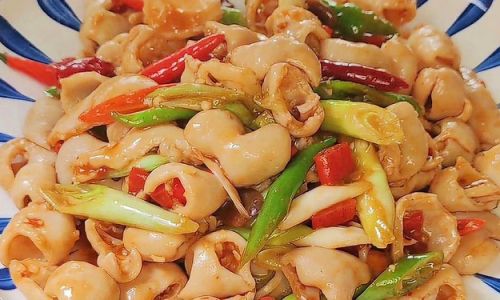
- A carbon-steel wok or large skillet (woks retain heat better for searing).
- High-smoke-point oil (peanut, canola, or vegetable oil).
Aromatics and Vegetables:
- 3 garlic cloves, minced
- 1-inch ginger, julienned
- 2–3 dried red chilies (or fresh Thai bird’s-eye chilies for heat)
- 1 medium onion, sliced
- 1 bell pepper (red or green), thinly sliced
- 4–5 scallions, cut into 2-inch segments
Cooking Steps:
- Preheat the Wok: Heat 3 tablespoons of oil over high heat until smoking.
- Sear the Intestines: Add the marinated intestines in a single layer. Let them sear undisturbed for 1–2 minutes to develop a golden crust. Stir-fry for another 3–4 minutes until lightly blistered. Remove and set aside.
- Stir-Fry Aromatics: In the same wok, add 1 more tablespoon of oil. Toss in garlic, ginger, and chilies. Stir-fry for 30 seconds until fragrant.
- Add Vegetables: Toss in onions and bell peppers. Stir-fry for 2 minutes until slightly softened.
- Reunite and Season: Return the intestines to the wok. Splash with 1 tablespoon of Shaoxing wine and a drizzle of sesame oil. Toss vigorously for 1–2 minutes.
- Final Flourish: Add scallions and a pinch of sugar. Adjust seasoning with salt or a splash of soy sauce if needed. Serve immediately.
Pro Tips for Perfection
- Cleanliness is Key: Never skip the vinegar-salt soak or parboiling. These steps eliminate bitterness and ensure a clean taste.
- High Heat, Quick Motion: Stir-frying at high heat prevents steaming, which can make the intestines rubbery. Use a long spatula to toss continuously.
- Crispy vs. Chewy: For extra crispiness, deep-fry the intestines for 2 minutes before stir-frying. This adds texture but requires more oil.
- Balance Flavors: The dish should balance salty, sweet, spicy, and umami. Taste and adjust seasonings before serving.
- Plate Presentation: Garnish with toasted sesame seeds or chopped cilantro for a pop of color.
Serving Suggestions
Stir-fried pig intestine pairs beautifully with:
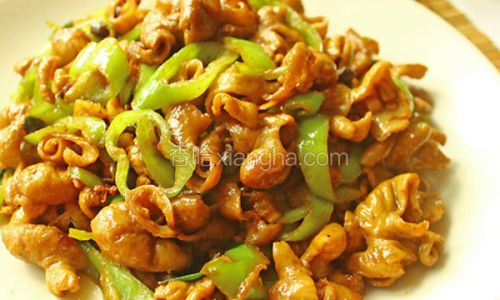
- Steamed Jasmine Rice: The fluffy grains mellow the dish’s intensity.
- Hand-Pulled Noodles: Toss the intestines with noodles for a hearty meal.
- Pickled Vegetables: A side of crunchy pickled mustard greens or daikon cuts through the richness.
- Beer or Tea: A cold lager or jasmine tea complements the spicy and savory notes.
Health Considerations
While pig intestine is high in cholesterol and fat, moderation is key. Balance the dish with fibrous vegetables and serve it as part of a varied meal. For a lighter version, use less oil and opt for low-sodium soy sauce. Always ensure the intestines are thoroughly cooked to avoid foodborne illness.
Cultural Significance
Stir-fried pig intestine holds a cherished place in Chinese culinary traditions. It’s a staple in Sichuan cuisine, where fiery chili peppers and Sichuan peppercorns elevate it to new heights. In Guangdong, chefs prefer a milder approach, highlighting the intestine’s natural flavor with ginger and scallions. Street food vendors often serve it as a late-night snack, while families enjoy it during festive gatherings.
Regional Variations
- Sichuan-Style: Add doubanjiang (fermented broad bean paste) and Sichuan peppercorns for a numbing-spicy kick.
- Cantonese-Style: Include fermented black beans and a splash of rice wine for a briny-sweet profile.
- Taiwanese-Style: Toss with basil leaves and crushed peanuts for a fresh, crunchy twist.
Common Mistakes to Avoid
- Under-Cleaning: Leads to a bitter, gamey taste.
- Overcooking: Results in a rubbery texture. Stir-fry until just crispy.
- Crowding the Wok: Overcrowding lowers the heat, causing steaming instead of searing. Cook in batches if needed.
- Skipping the Marinade: The cornstarch in the marinade creates a protective coating, preventing moisture loss.
Conclusion: The Joy of Experimentation
Stir-fried pig intestine is a dish that rewards patience and precision. Each step—cleaning, marinating, and mastering the wok—contributes to its complex character. Whether you prefer it fiery hot or subtly aromatic, the key lies in balancing technique with creativity. So, grab your wok, embrace the sizzle, and let the intoxicating aroma of perfectly cooked pig intestine fill your kitchen. After all, the best dishes are those made with care, curiosity, and a dash of culinary adventure.

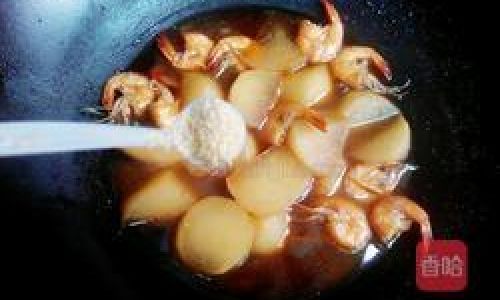
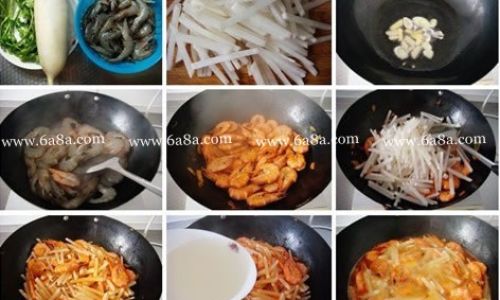

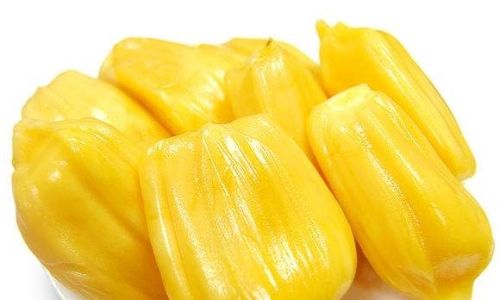
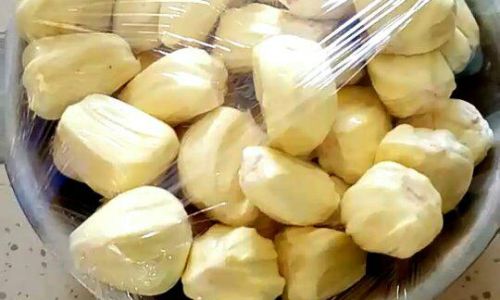
0 comments